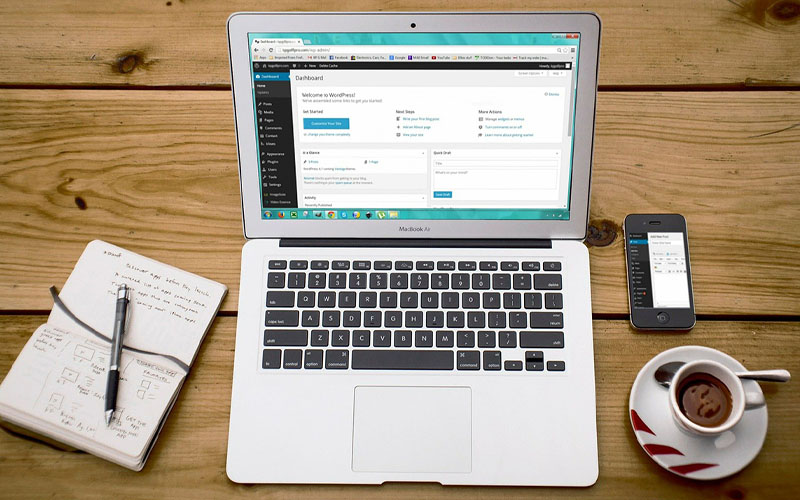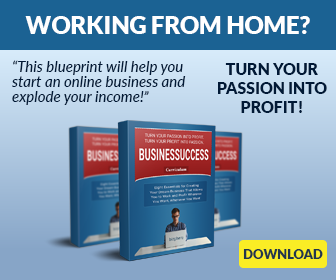The word “mini site” can refer to a number of different things. Some people call small niche article sites mini sites, but that isn’t the general use of the word.
In Internet marketing, the word “mini site” is generally used to refer to very small websites that are set up to sell a product – usually an eBook or other digital download.
Most mini sites are only 1-5 pages. Some of them are only a single sales pitch page, plus perhaps a thank you page for after the customer orders.
Others have a contact page, a terms of service page, a frequently asked questions page, or other general pages.

For the purpose of this tutorial, we’ll just work on creating a single page minisite, and we’ll cover only the design – not the sales copy. Most minisites have several key parts. They usually have a header and footer, although some have only a header, or may have neither.
They also have a sales letter of some sort, which is used to sell the product. Finally, they have an order button that is clicked when a customer wants to purchase the product. Some minisites also have an eCover, which is a computer-generated image that mimics what the product might look like if it was a physical product.
For example, if the product is an eBook, the eCover might look like a hardcover or paperback book cover (sometimes a spiral notebook, too). If the product is a membership site, the eCover might be a membership card. Software products usually have a 3D software box as their eCover.
The first step in creating a minisite should be creating your eCover, if you intend to use one. Most people create their eCovers with Photoshop, because most eCover action scripts only work with Photoshop. If you don’t have Photoshop, you may need to create it from scratch, or have it made for you by a professional graphic designer.
After you have your cover design, you’ll need to create a header. Although some marketers don’t use headers, most do. A well-designed header can draw attention to your headline, and it can make your site look more professional.
The header should contain your product’s name and a tag line – like a one-sentence blurb that tells what your site’s about. It should also contain a photo that’s related to your niche, and it might also contain a small version of your ecover – all tied into a theme for your demographic.
Let’s say you’re creating a minisite to sell your dog-training eBook. Your header would potentially contain a picture of a woman pointing at a dog, and the dog sitting down. Then the text on the header might say something like the following: Dog Training 101: The Ultimate Guide to Training Your Puppy or Adult Dog!
Don’t make your header too large. If the header is so large visitors can’t see the headline without scrolling, it’s too big! It should attract attention to the headline, not hide it. Headers are generally between 700 and 800 pixels wide and 100-200 pixels in height.
The footer is usually the same width, but about half the height of the header. It may only contain the product name or logo, but may also contain an image or copyright notice. Finally, you need an order button that draws a lot of attention. Your button might contain your eCover, plus a brightly colored button and a call-to-action, such as “Click Here for Instant Access!”
If you have the money to invest, you might consider ordering a minisite package from a professional designer. For about $300, you’ll get the header, footer, eCovers, and sometimes extra banners that you can use for off-site promotions.




